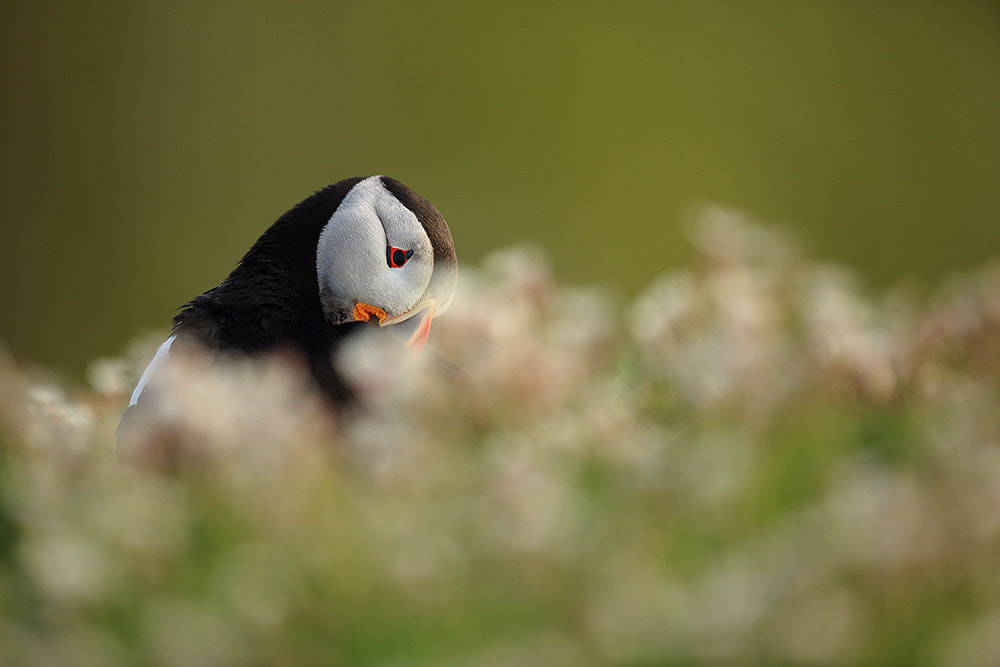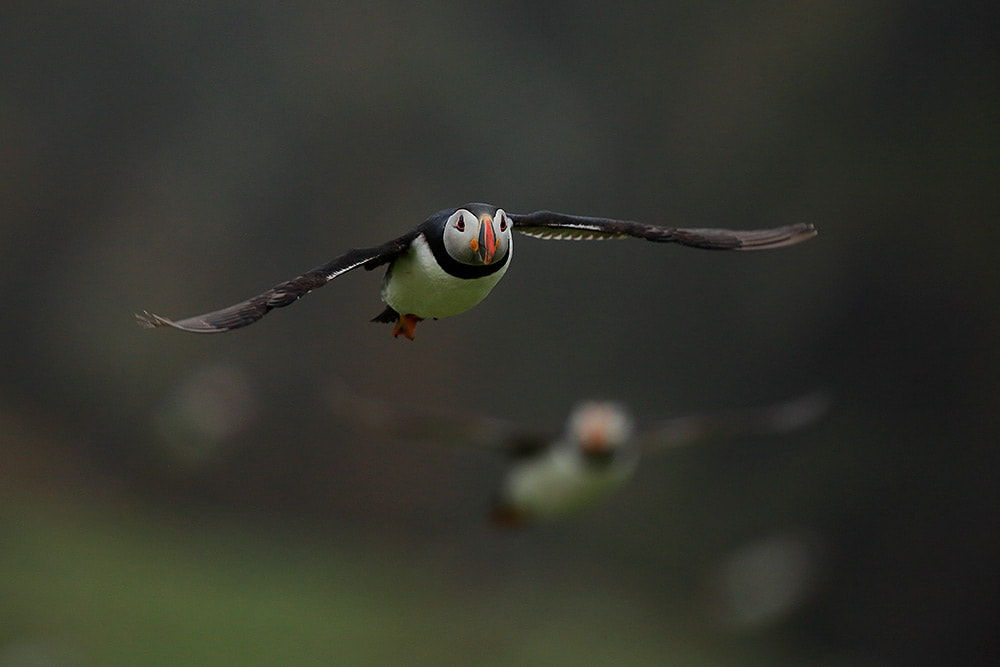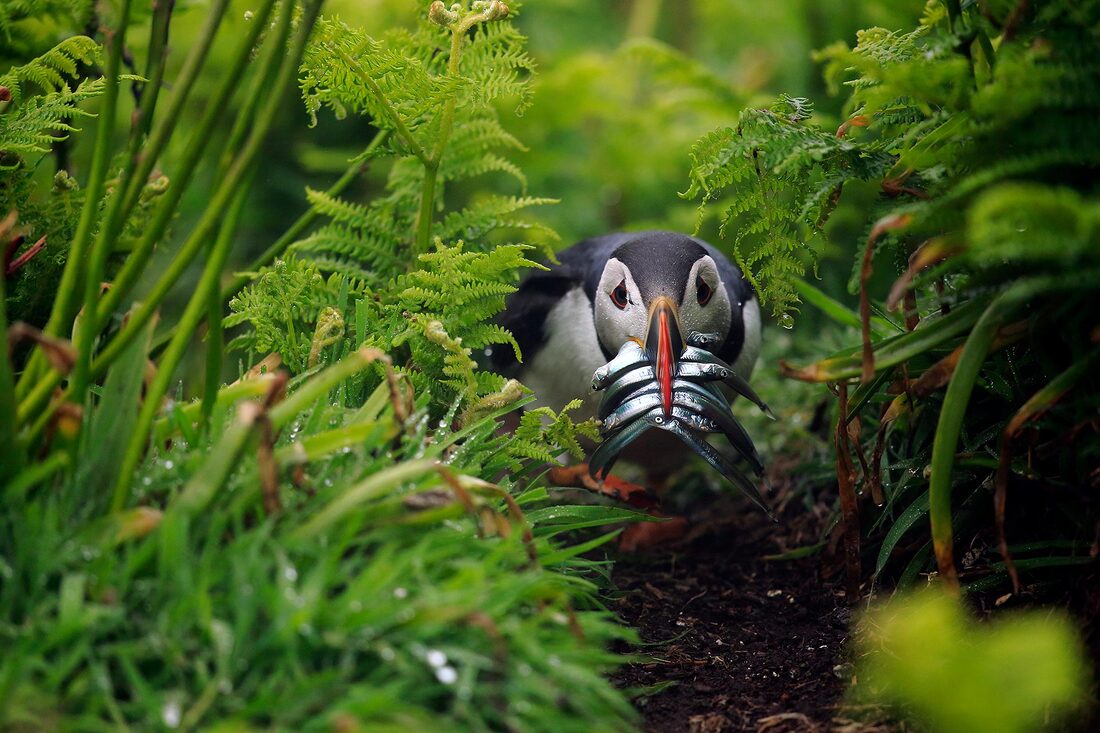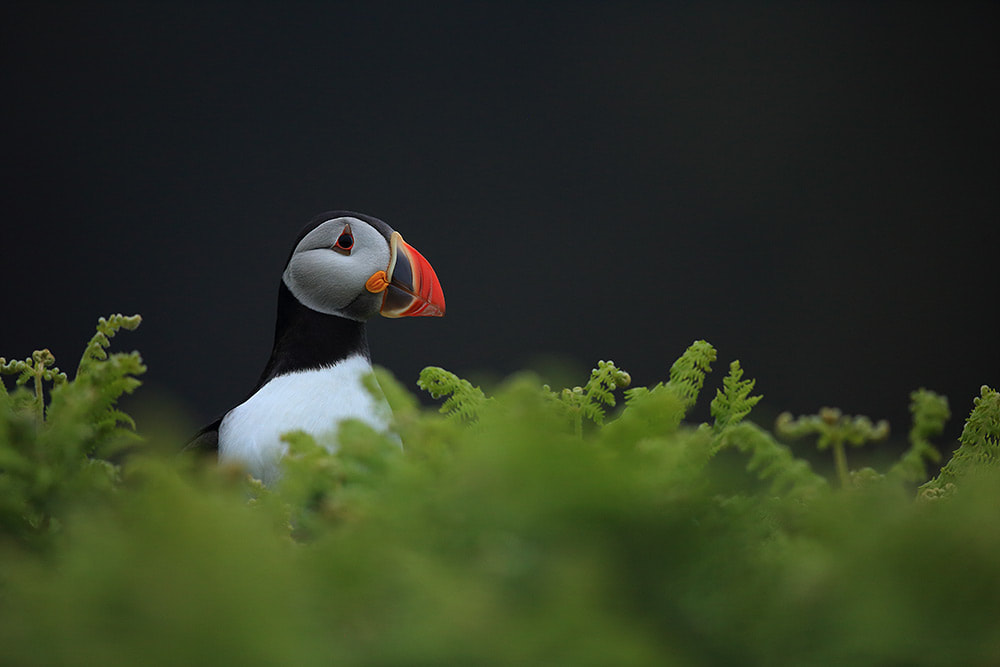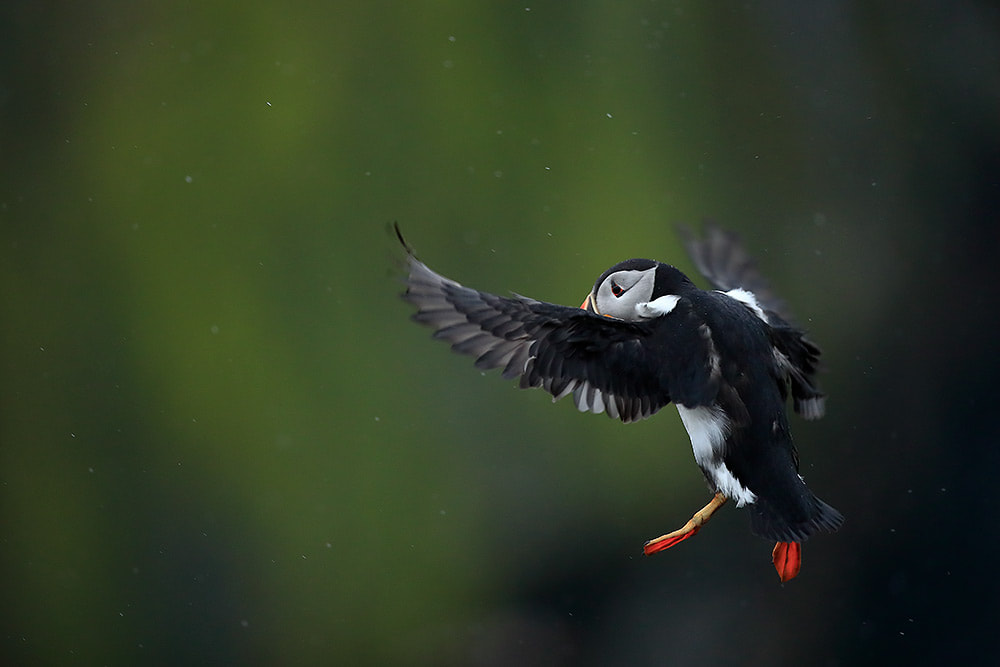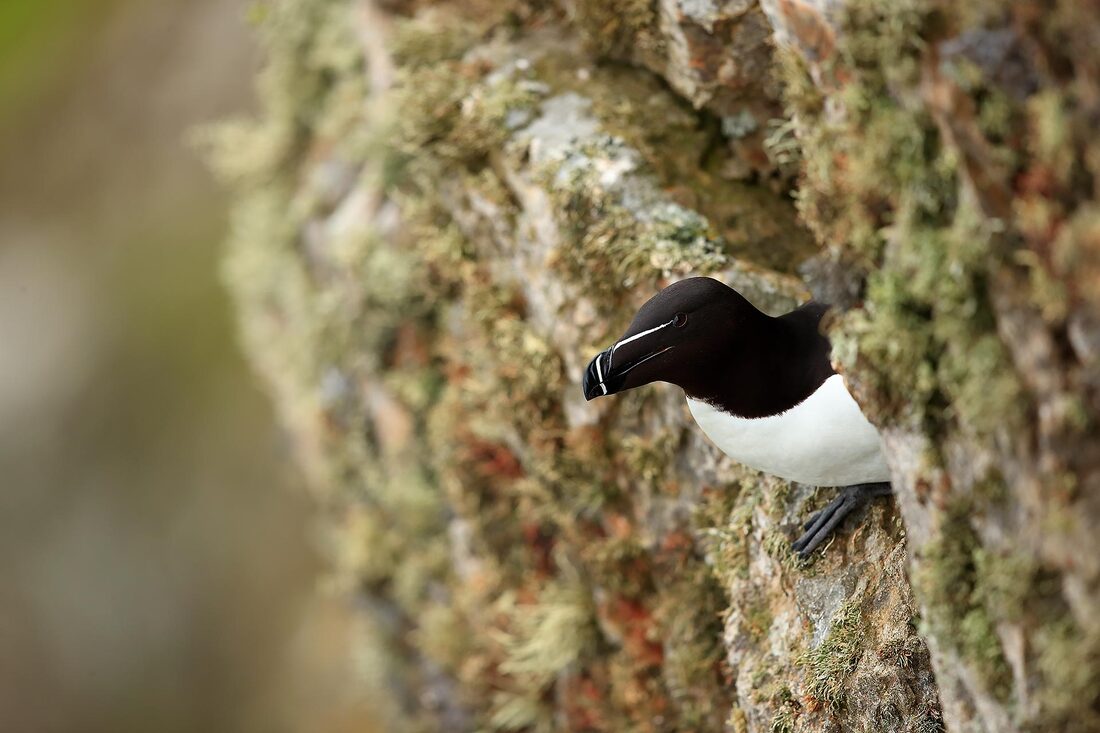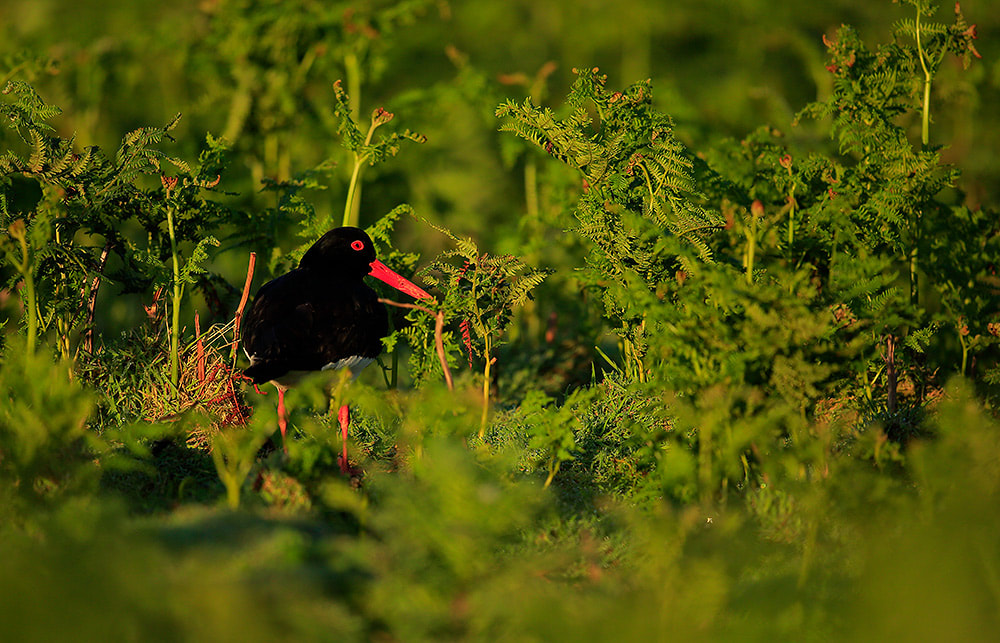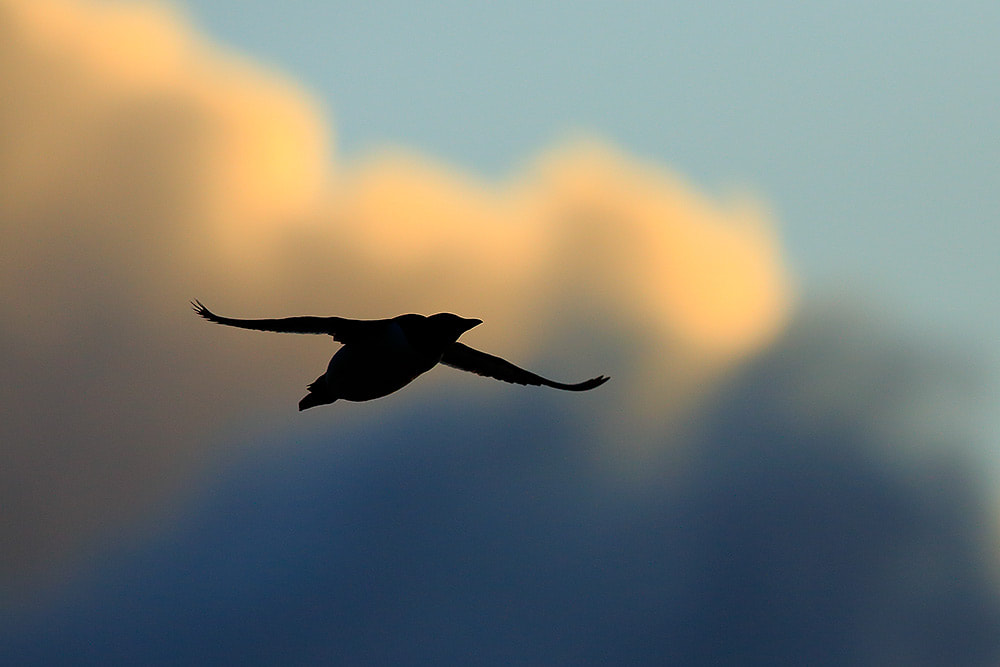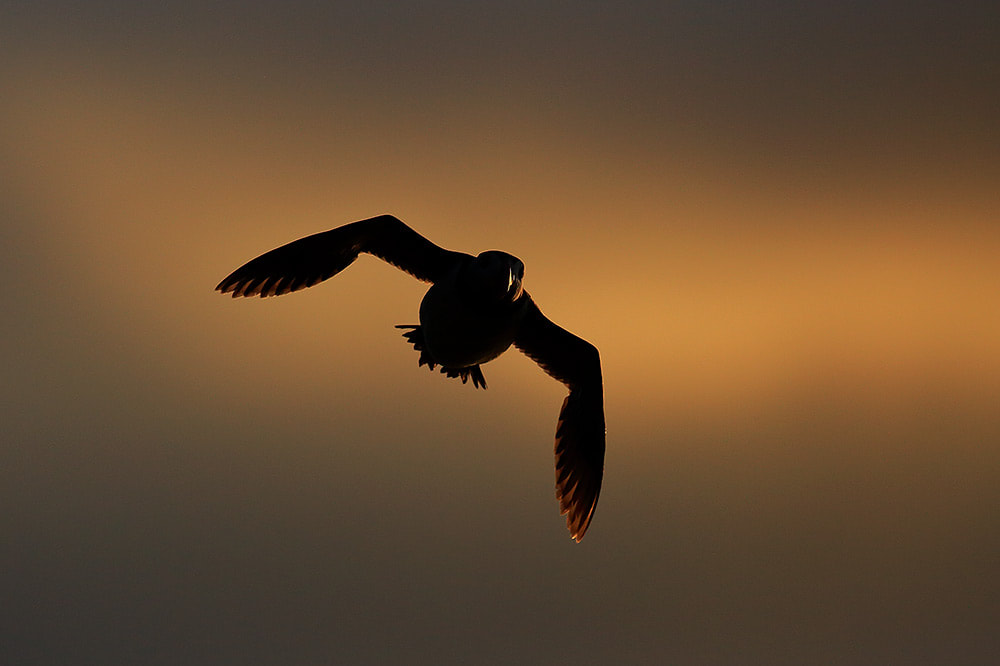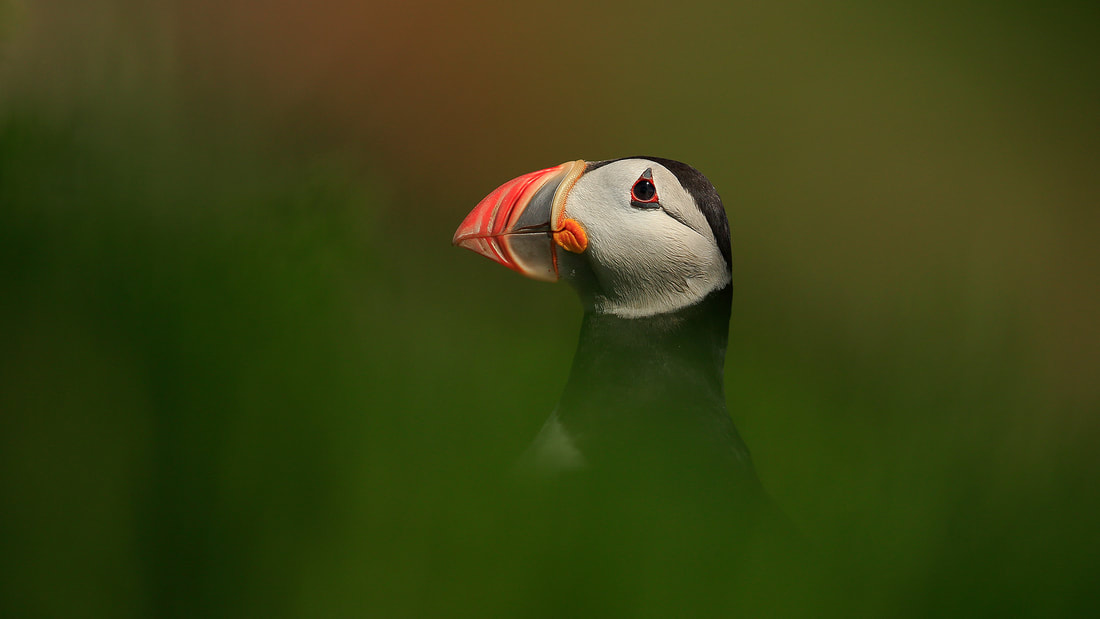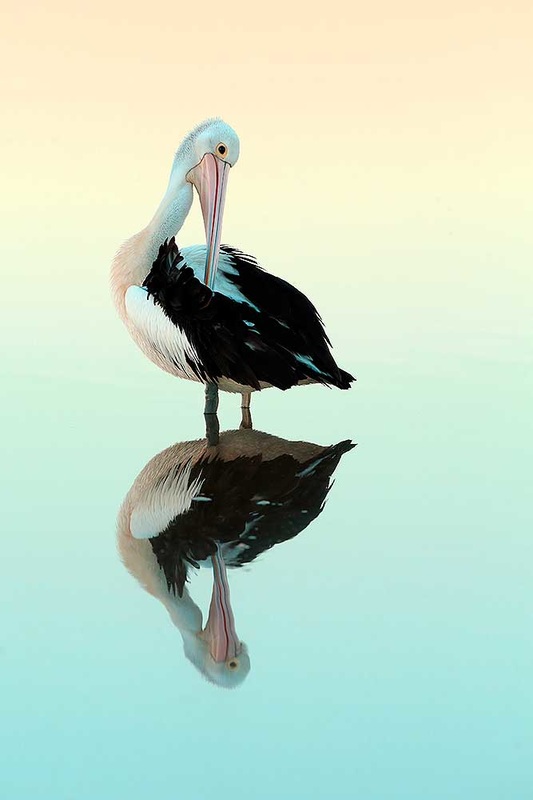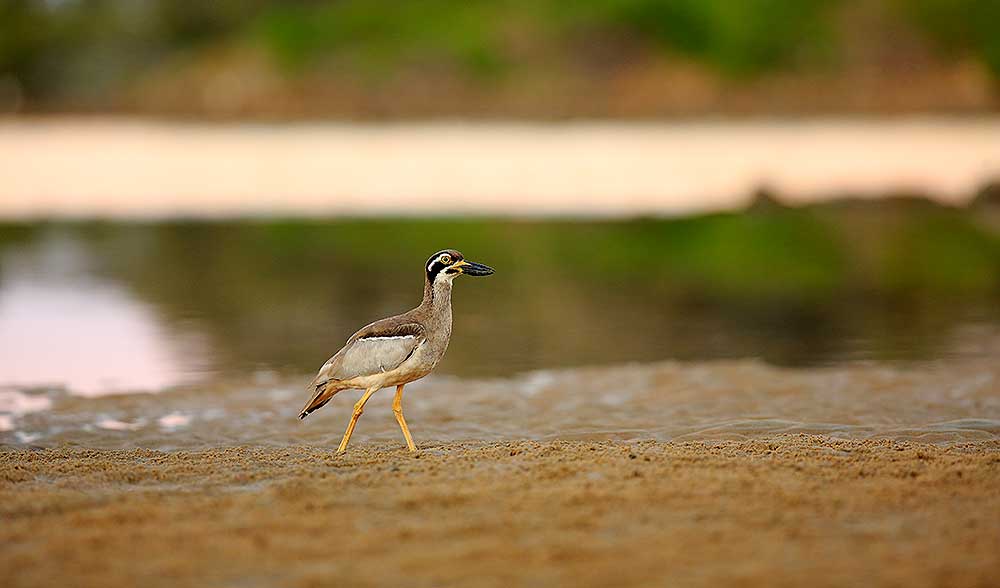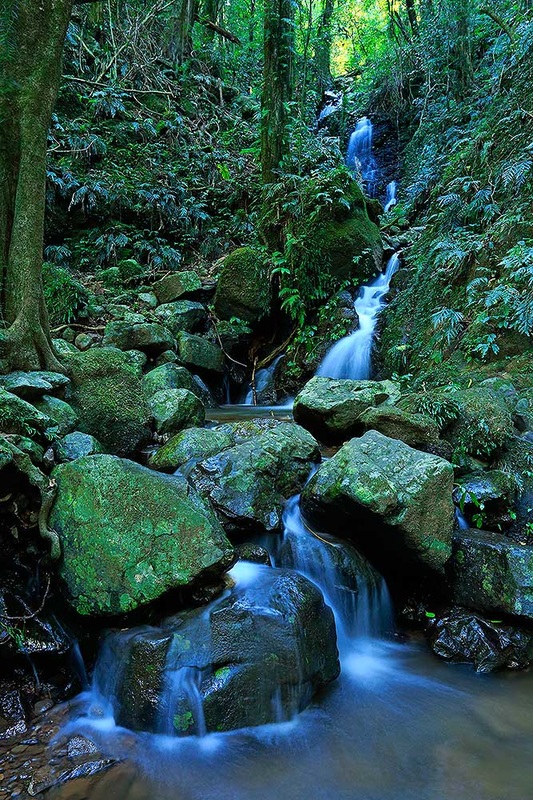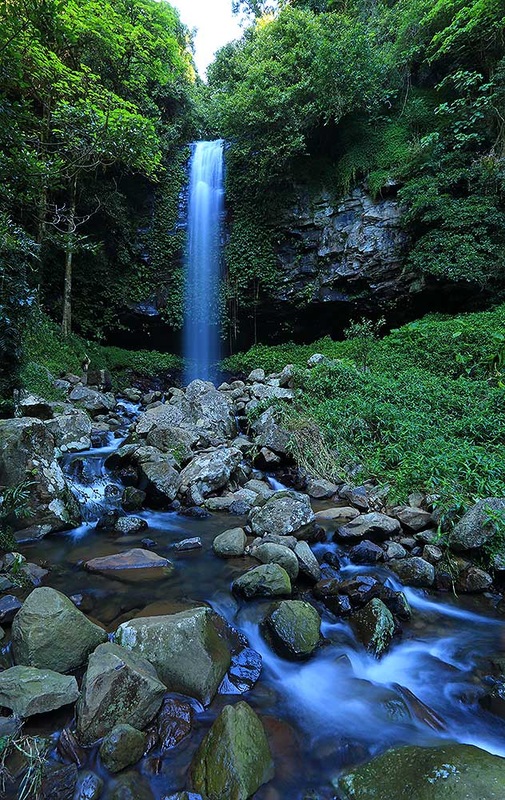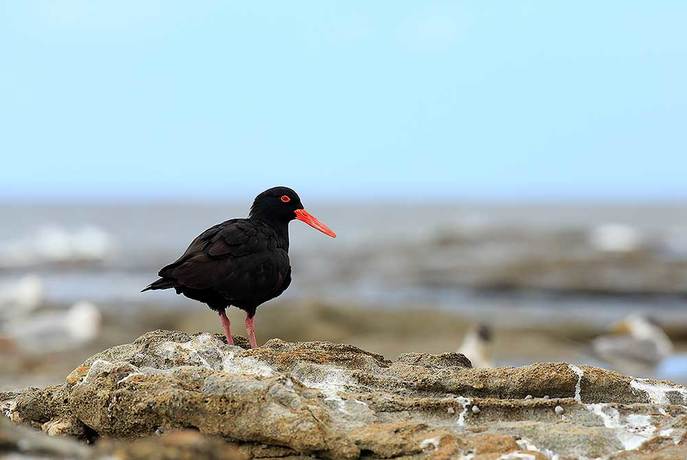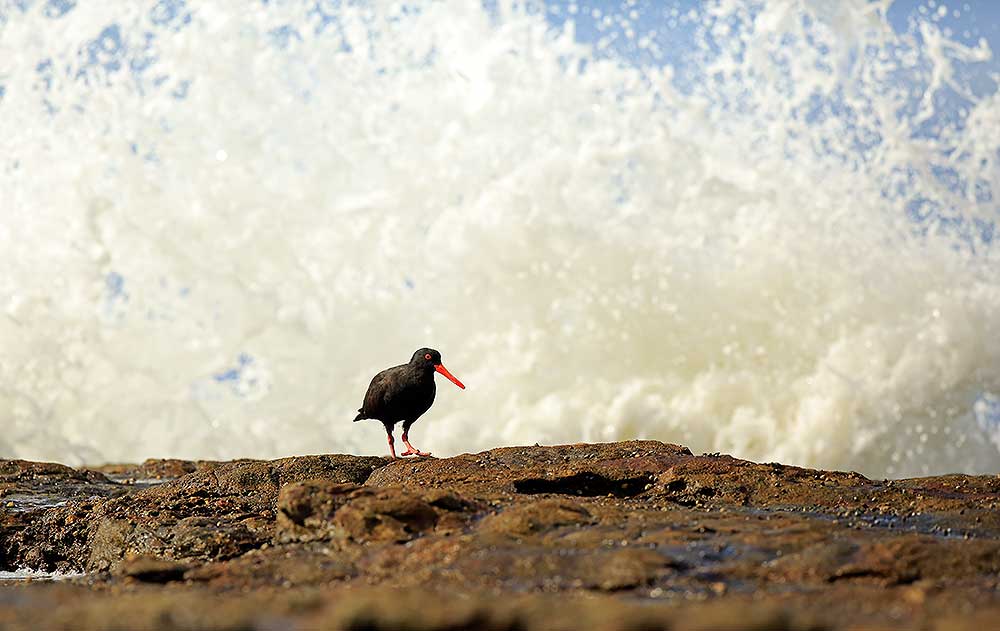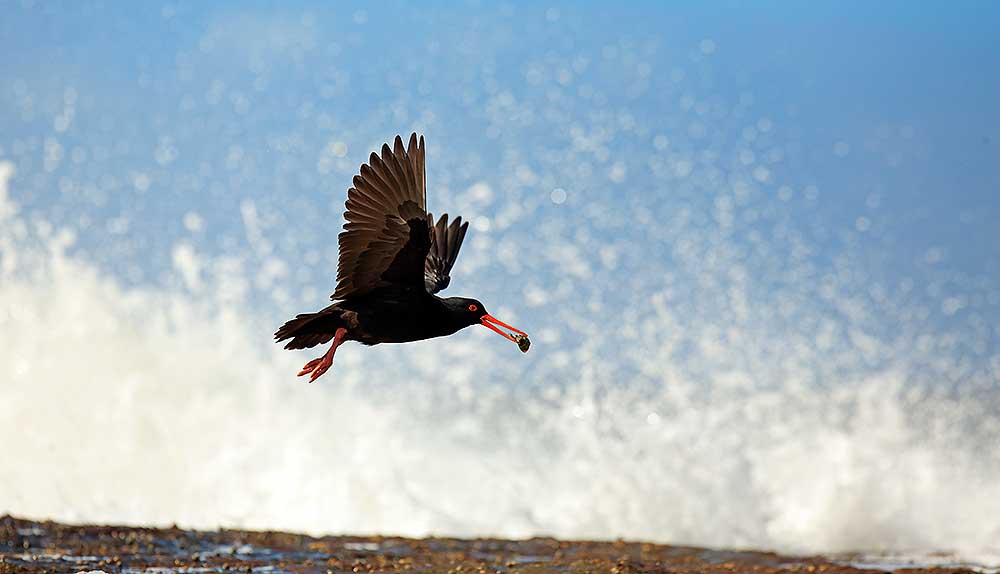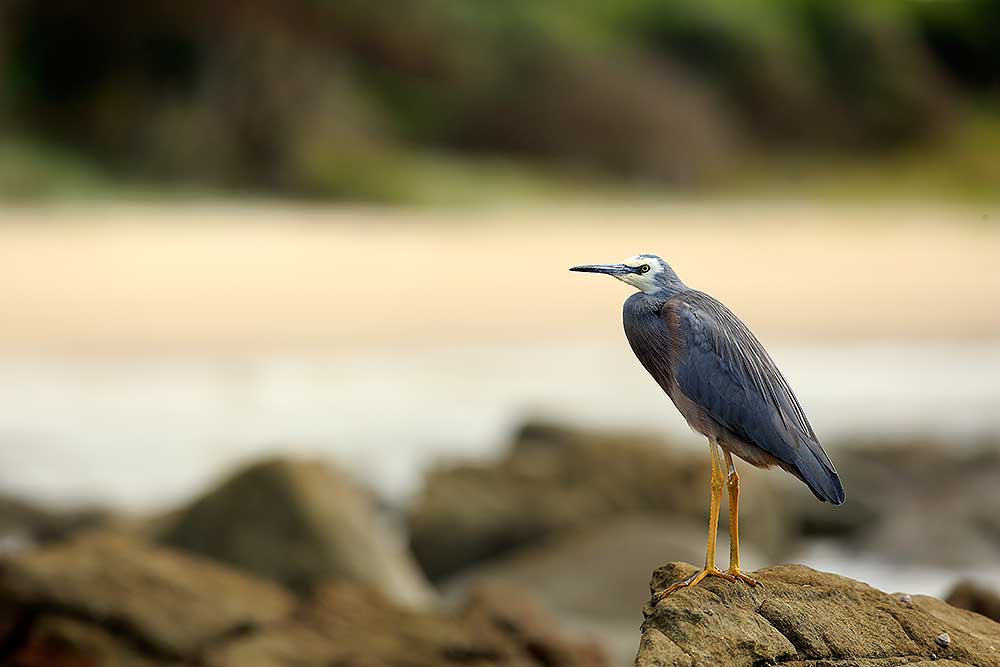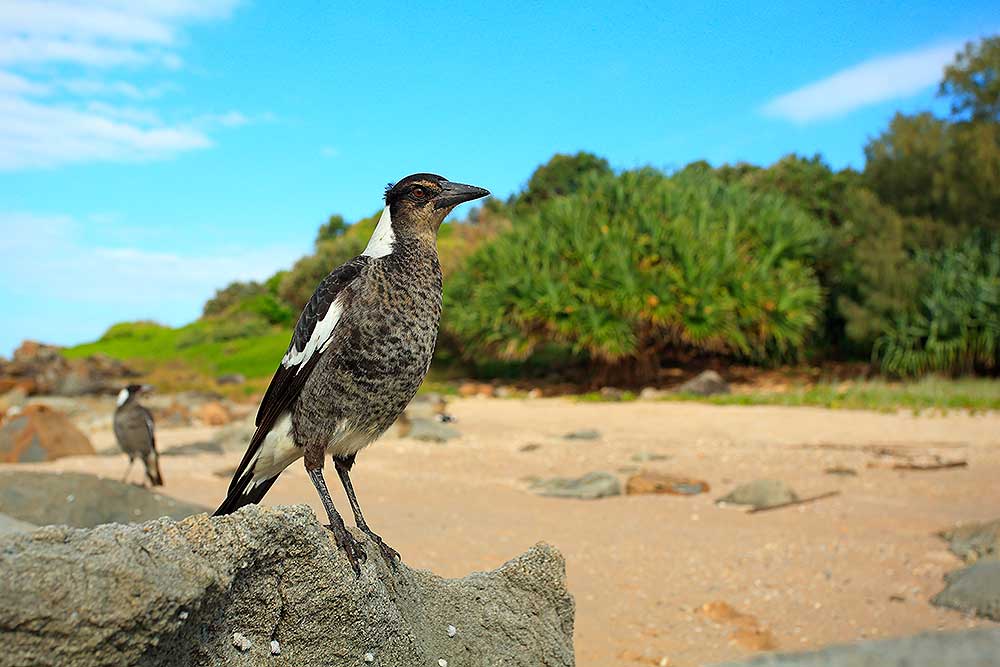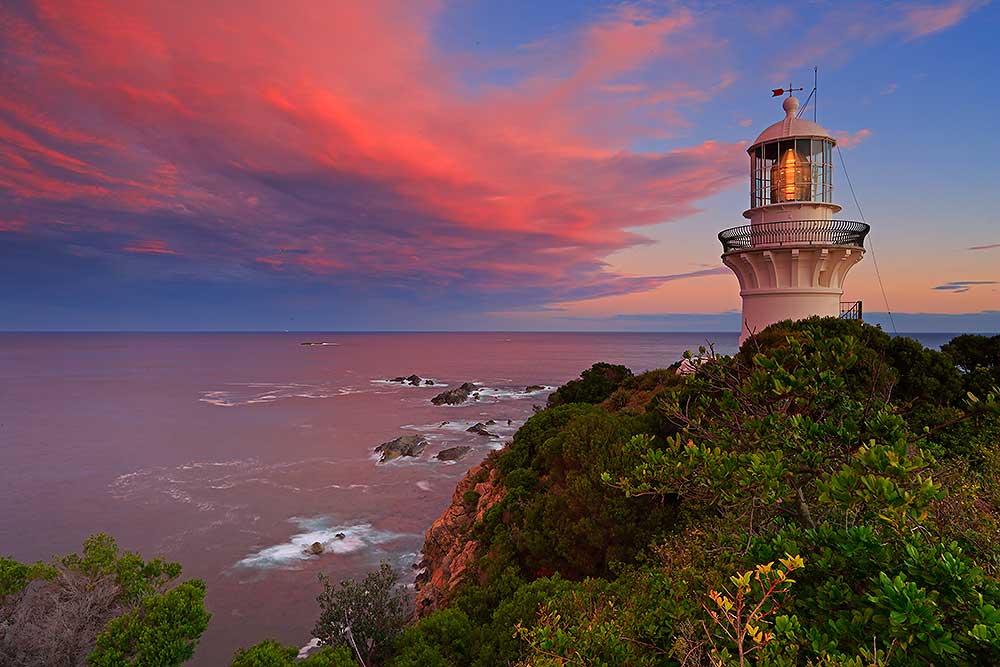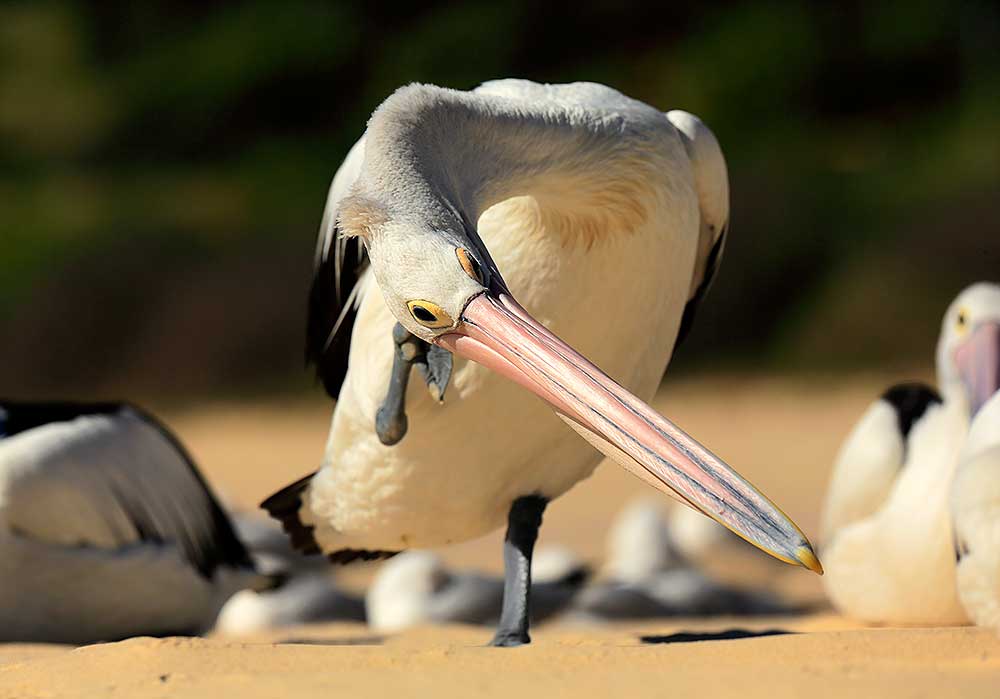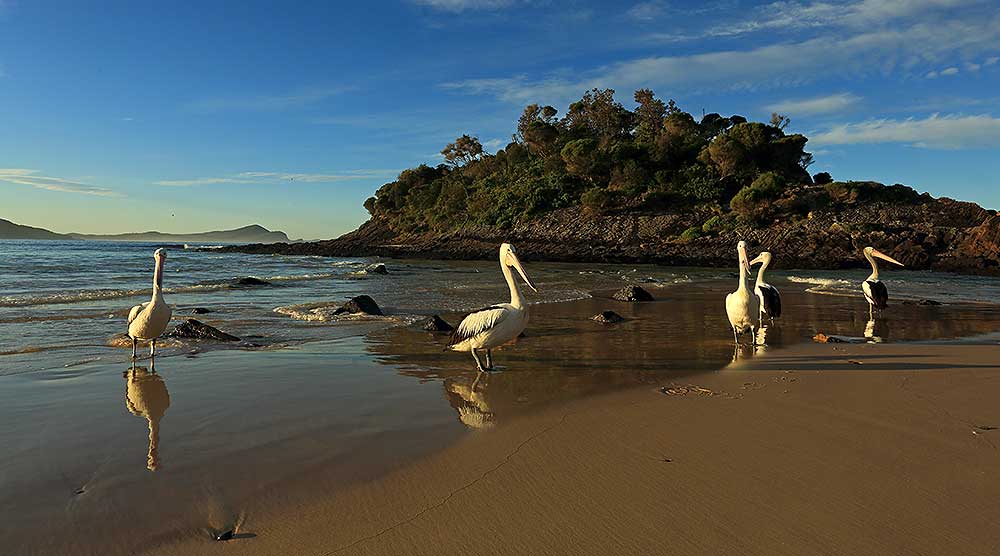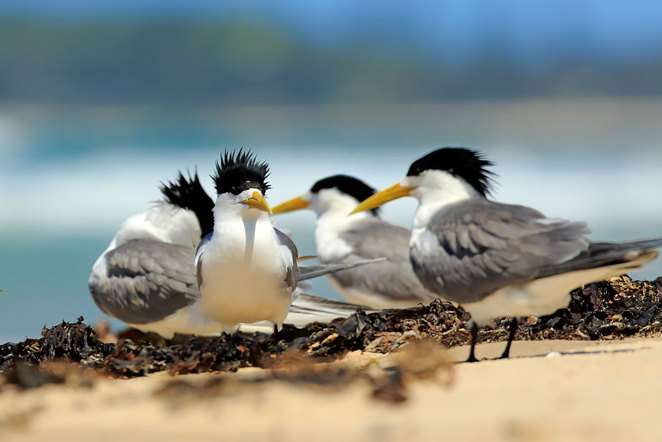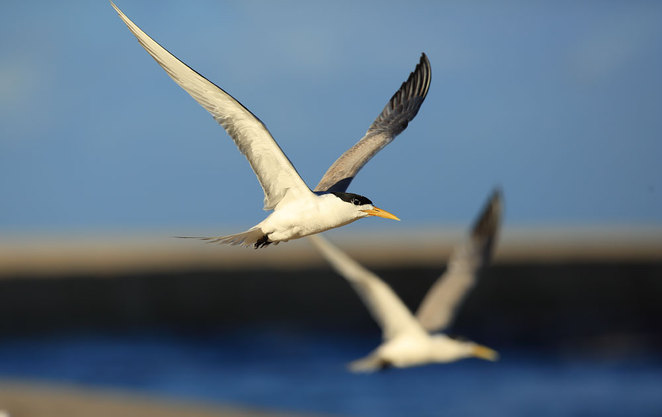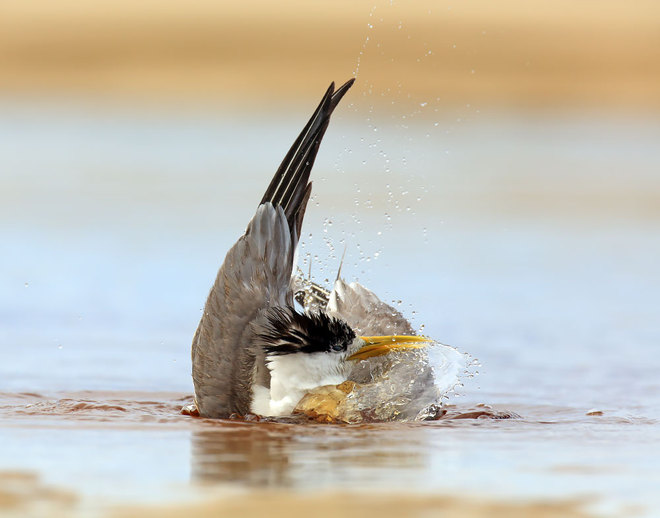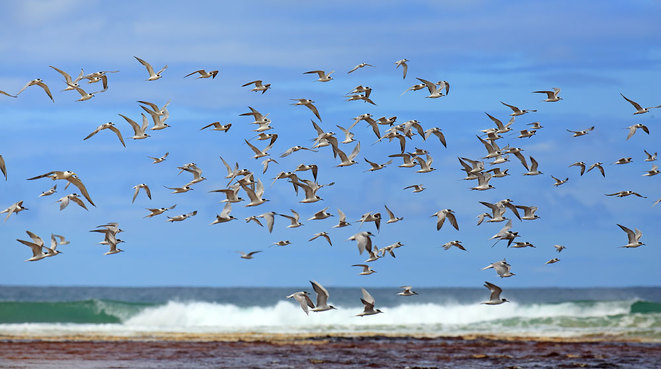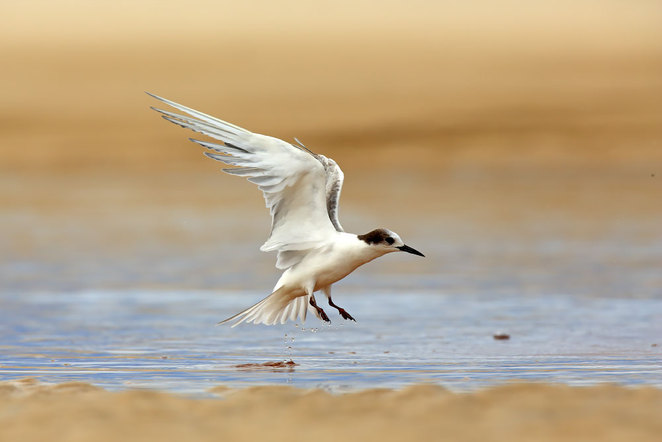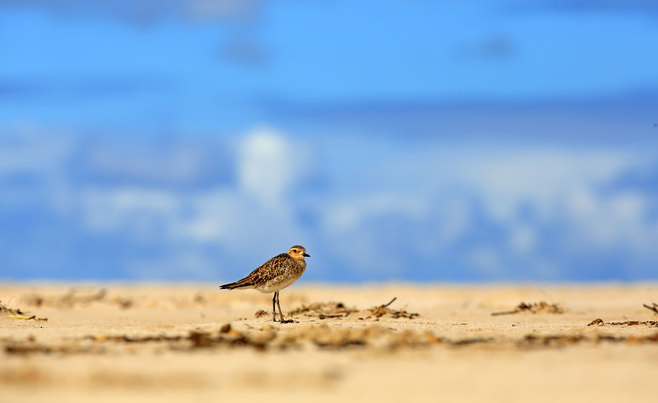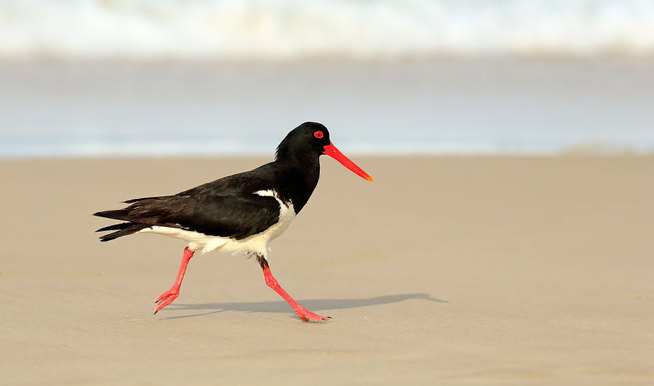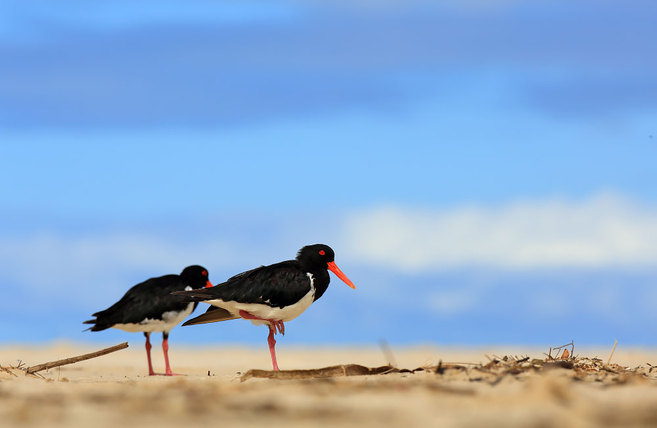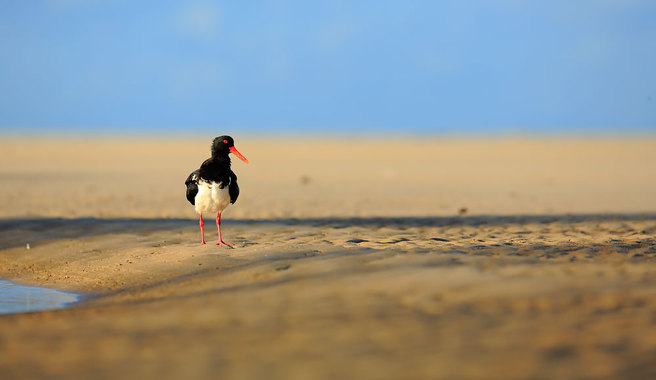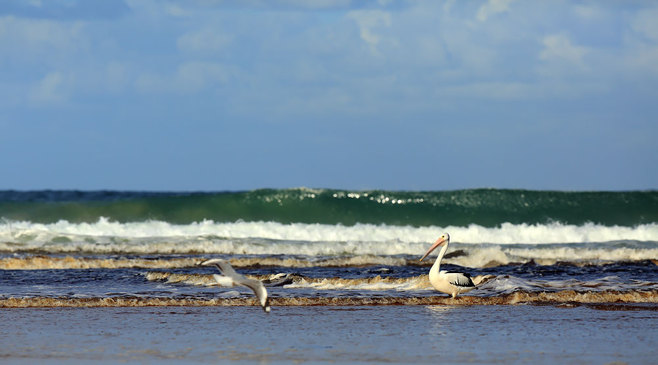|
2019 marks the third year in a row that I have led dedicated photography tours to Skomer Island in Wales for Wildlife Worldwide, focusing on the charismatic Atlantic puffin. This rocky outcrop in the Irish Sea is home to nearly 30,000 puffins and a staggering 750,000 Manx shearwaters. The weather on my two visits so far this year was pretty varied with sunshine, heavy rain and very strong winds all playing a roll. Sadly, during the evenings (when the puffins are most active) the weather was usually pretty dire – lots of rain, strong winds and sea spray. Of course, I still managed to capture a few other shots which are worthy of a little attention. So sit back, relax and get your annual puffin-fix below … I did have the privilege to enjoy one spectacular sunrise though and managed to capture some stunning shots of the birds as they returned to their nests. I also managed to get a few shots of razorbills, oystercatcers and guillemots. Be sure to join Wildlife Worldwide for Skomer's Perfect Puffins in 2020 - dates will be released in October so keep your eyes peeled. Depending on the dates I may well be back yet again.
0 Comments
I have now been travelling around Australia for 7 months, it has been an incredible experience so far. I have loved every moment of it both photographically and just from a life experience point of view. I just hope you have enjoyed the seeing the images as much as I enjoyed taking them. I have been filling up my hard drives, working my camera to death and there is only another month to go now before we move on to Bali and then New Zealand. This final leg 'down under' is a long road trip, heading from the warm sub-tropical climes of Brisbane to the cold temperate coastline of southern Australia. Of course with a bit of semi-arid landscape in the middle just to add a bit of variety. Here are just a few photos from the first leg along the coastline of NSW before we headed inland through the ACT, Victoria and South Australia. Our first stop with wildlife was the small town of Urunga which is known for its boardwalk across a mangrove habitat to the beach. There is the usual local population of Australian Pelicans who are more than happy to pick up the scraps from the fisherman, they also posed superbly in the perfectly still water and I was blessed with a soft evening light. It all equated to a really artistic shot, very striking but really rather simple. I always remember what I was taught at school ... K.I.S.S (Keep It Simple Stupid) and it is often very apt. The mangroves were also home to a small breeding population of the Beach Stone-curlew which were surprisingly obliging on the photography front. The low light levels did make it pretty tricky to the get shots but the high ISO capabilities of the 5D Mark III helped no end. We also visited the nearby Dorrigo NP, famed for its spectacular stand of sub-tropical rainforest. It really is a landscape photographer's dream ... And back to the wildlife ... The Sooty Oystercatcher is a bird that I have been trying to find ever since I arrived in Australia, these stunning birds live on the rocky foreshore and can be pretty flighty. It wasn't until we visited the township of Iluka (close to Urunga) before I got my first sightings and they were superbly obliging. Bearing in mind that I only have a 300mm f2.8 lens, my reach is rather limited when it comes to bird photography but these were really compliant subjects! I spent over an hour sat on the volcanic rocks trying to capture them and feel I put together quite a collection. Above is just a small taster of the time I spent at Iluka. I was also accompanied by a White-faced Heron for much of the time. Whilst eating my lunch I also had a few cheeky Australian Magpies come and keep my company ... Our final stop on the first leg of our tour was Seal Rocks. All I can say for this tiny community is ... WOW! It is so peaceful, utterly beautiful and pretty much untouched. A truly special place on this stretch of Australia's coastline, just make sure you don't tell too many people about it! The lighthouse was the real start
Having returned back to Byron Bay, I was fortunate to spend some time with the amazing bird life found along the golden beaches. It is amazing to watch how different people react around the wildlife that surrounds them. Some people truly astonish me, they would tell their children to chase after the groups of Crested and Little Terns, others would send their dogs off after them and a few would just walk at them showing a complete and utter disregard for their natural surroundings and the wildlife within it. I understand that some people are not interested in wildlife but surely they should learn that they must respect it? Anyway, I was privileged to spend some quality time watching the amazing bird life, particularly the two species of tern. The extra cast members included the Australian Pelican, Pacific Golden Plover and Pied Oystercatcher. Firstly, let's start with the terns ... The Pacific Golden Plover is incredibly hard to get close to without disturbing so I always made sure that I kept my distance, this did mean it was much harder to get a quality image but I did what I could. The lovely warm, evening light certainly helped and the beautiful blue sky really helped provide a striking backdrop. It was incredibly important that I kept as low a profile as possible throughout my time with the birds, if I stood up at anytime I would have scared off the individuals. I primarily kept myself in the prone position and generally got pretty mucky or sandy in the process. Generally, you have to get dirty or suffer in some way to get a shot worth keeping. The Pied Oystercatchers were my favourite of the shorebirds and I never tired of photographing them. Lastly but certainly not least, the Australian Pelican. A leviathan of bird world, the pelican is pretty impressive but the surf certainly made it look small on this day.
|
AuthorBret Charman Archives
July 2024
Categories
All
|

